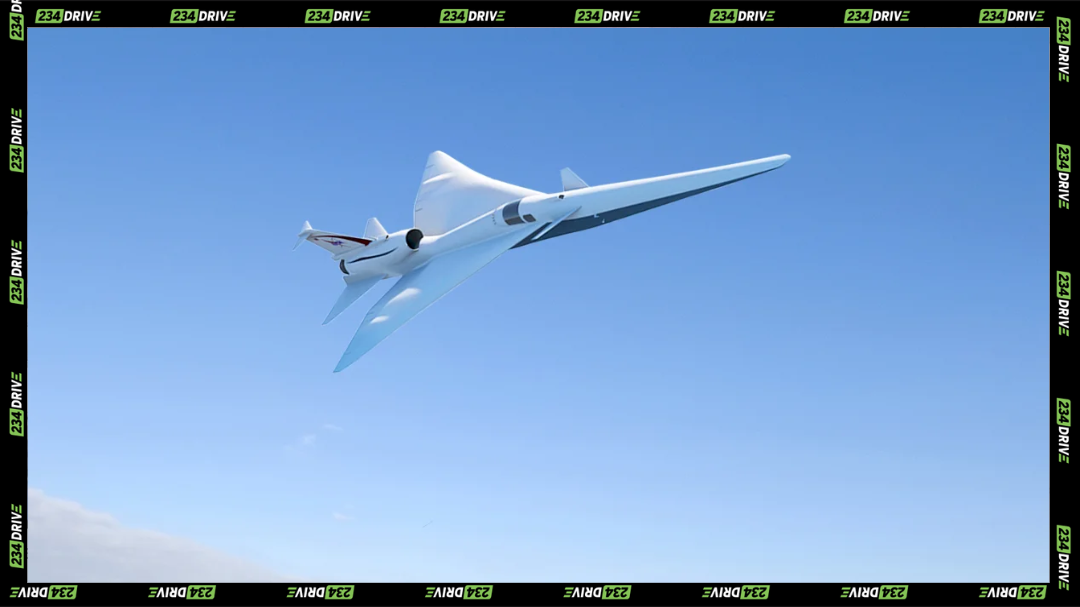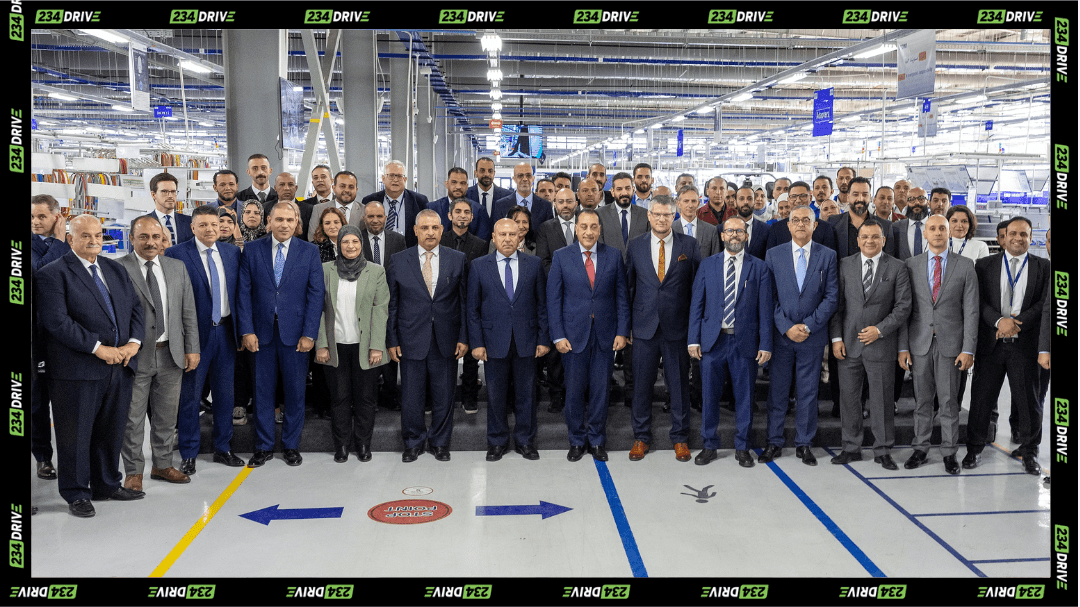The X-59 QueSST made its maiden flight on 28 October 2025. Built by Lockheed Martin’s Skunk Works for NASA, the jet departed from Plant 42 in Palmdale, California, climbed to an altitude of 12,000 feet, and reached a top speed of 230 mph (about 370 km/h) before landing safely at the Armstrong Flight Research Center.
Although this first flight remained subsonic, the X-59 is designed to cruise at Mach 1.4 (approximately 925 mph) and operate at 55,000 feet, almost double typical airliner altitudes and nearly twice their speed.
What makes the aircraft particularly important is its low-boom design: instead of the explosive sonic boom of conventional supersonic jets, the X-59 is engineered to produce a sonic “thud” comparable to a car door closing.

How NASA’s X-59 Could Change the Aviation Industry
The disruptive sonic boom was one of the obstacles that held back commercial supersonic flight over land, playing a role in the lead-up to the retirement of the Franco-British Concorde in 2003.
By showing that a jet capable of flying at supersonic speeds can still produce minimal noise on the ground, NASA and Lockheed Martin will be able to provide the data regulators need to lift existing land-overflight restrictions. For now, such high-speed travel remains confined to routes over water, where noise from sonic booms poses no risk to communities below.
The X-59’s promise of supersonic travel means that passengers might one day cross oceans or continents in half the time (or less) compared to today’s jets.
Behind the scenes, the development has required hundreds of millions of dollars in funding. Since 2018, NASA has spent more than $247.5 million under a cost-plus contract for the project, marking a significant step toward redefining what commercial flight might look like in the not-so-distant future.
In the coming months, the flight test program will push the X-59 higher, faster, and across different airspaces to verify its airworthiness, system integration, and real noise footprint over populated and remote terrain.
This opens the possibility of rethinking tourism and business links, for example, flying from West Africa to major European or Asian hubs with far shorter transit times or connecting regional African centres (e.g., Lagos ↔ Johannesburg ↔ Nairobi) in a way that is currently impractical.
Aviation infrastructure will also need to evolve. Upgrading runways to handle higher-speed departures and establishing noise-management zones around airports will be key steps toward keeping pace with next-generation aircraft. As well as the development of modern maintenance and repair facilities staffed by skilled aerospace engineers and technicians.
In Ethiopia, the Bishoftu International Airport project, a large-scale development backed by the African Development Bank and other partners, aims to become Africa’s largest airport. Projects like this could be the ones that start a continent-wide network ready to support the arrival of next-generation aircraft.
The X-59’s success could reshape how we think about flight, but speed alone won’t guarantee its future. The true test will come down to how affordable and climate-friendly this kind of travel can be. If NASA and Lockheed Martin can balance performance with sustainability, the supersonic era might just return even more quietly than it left.









